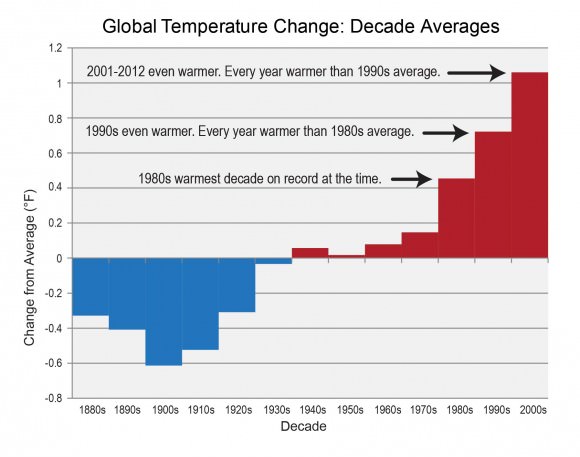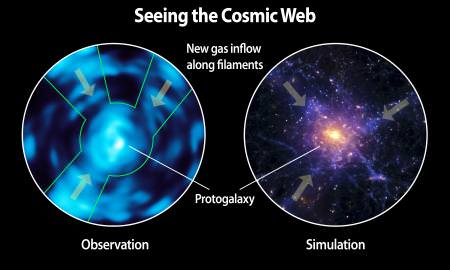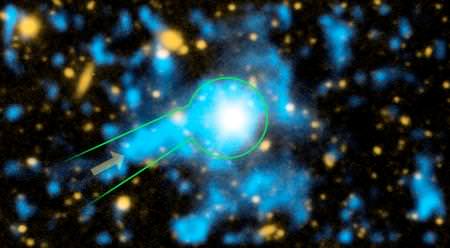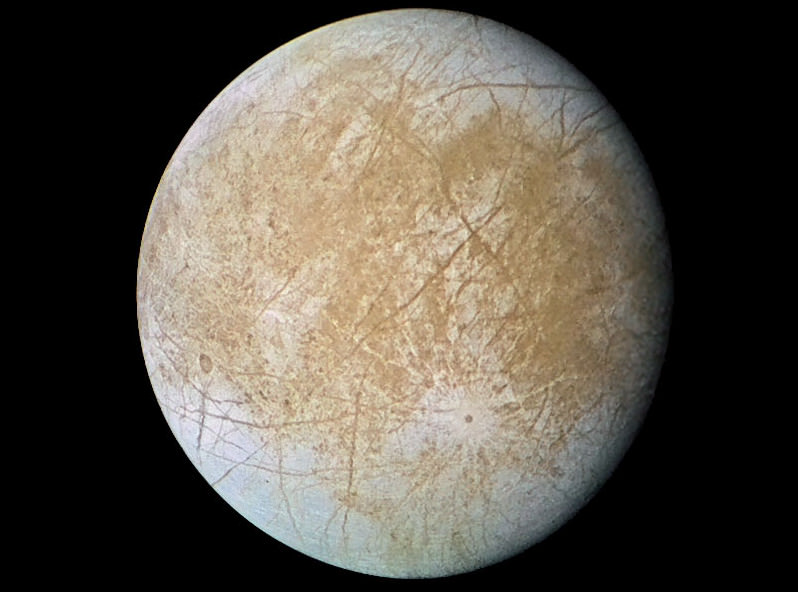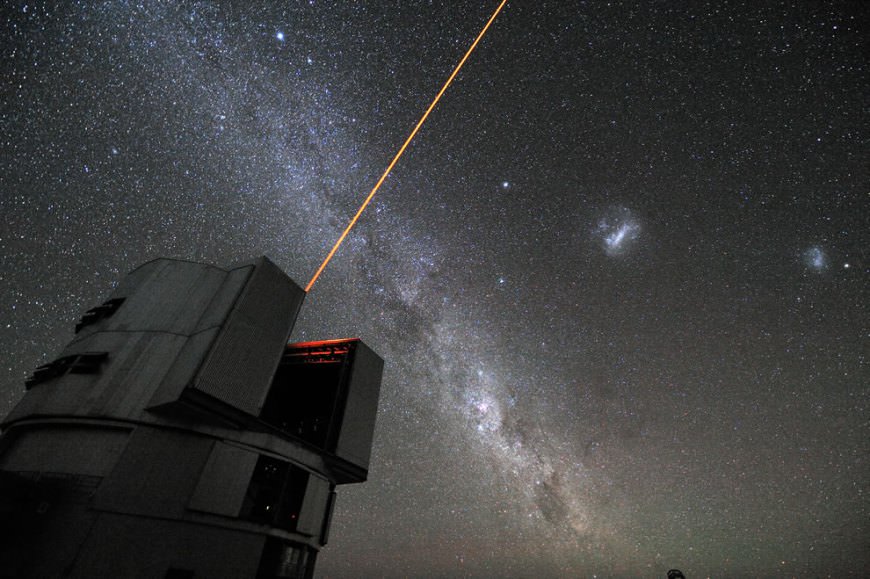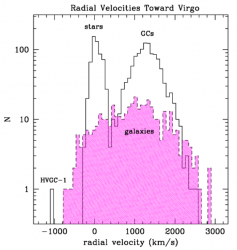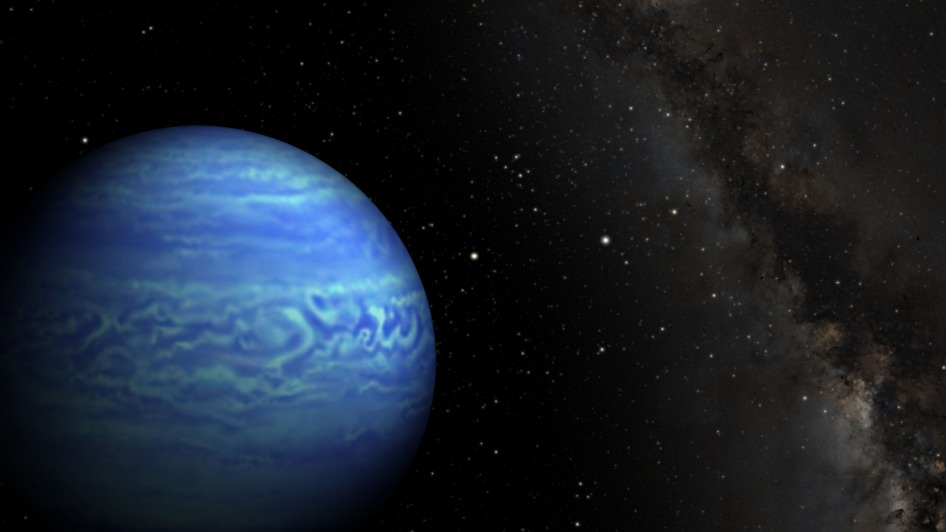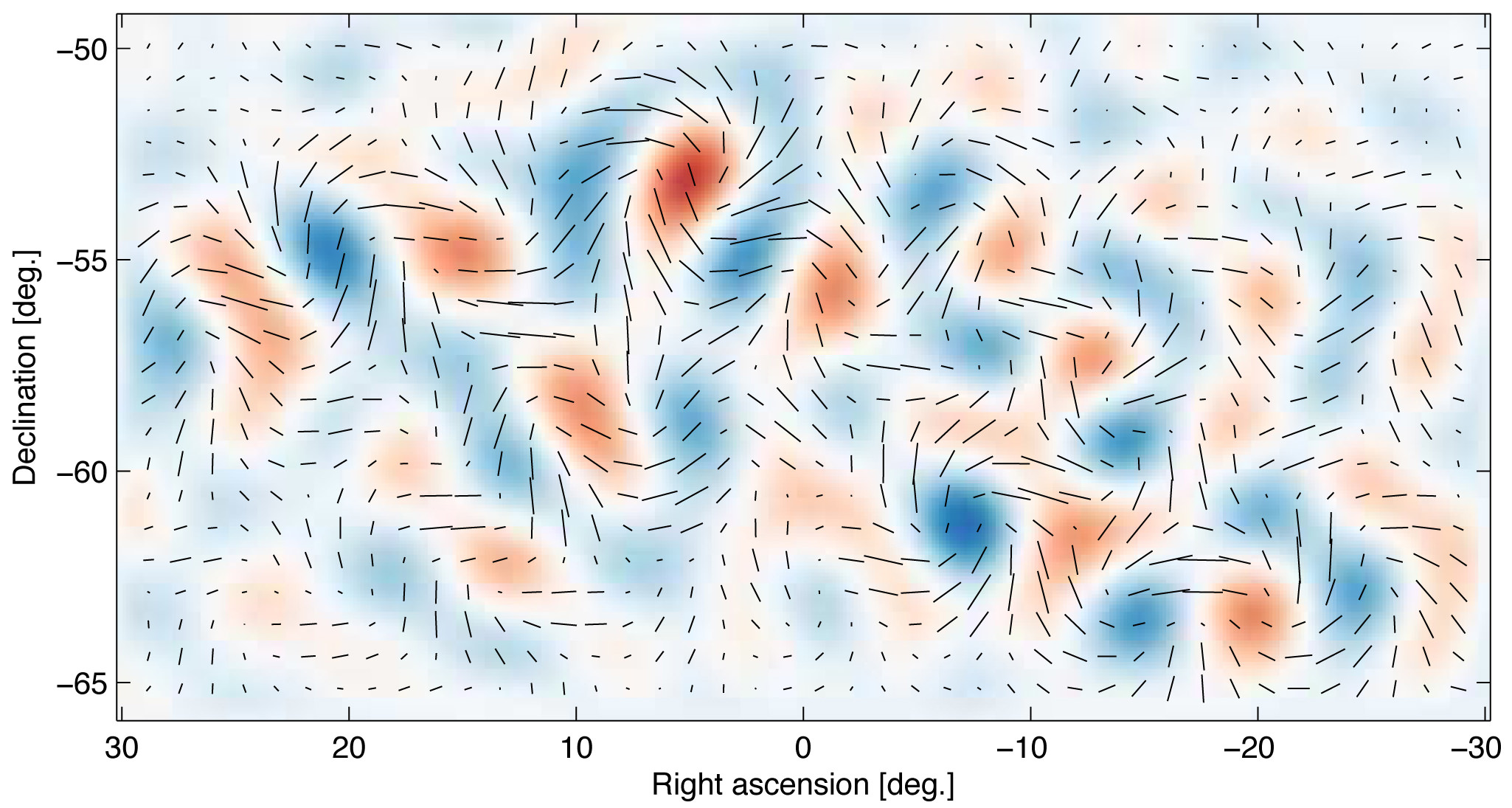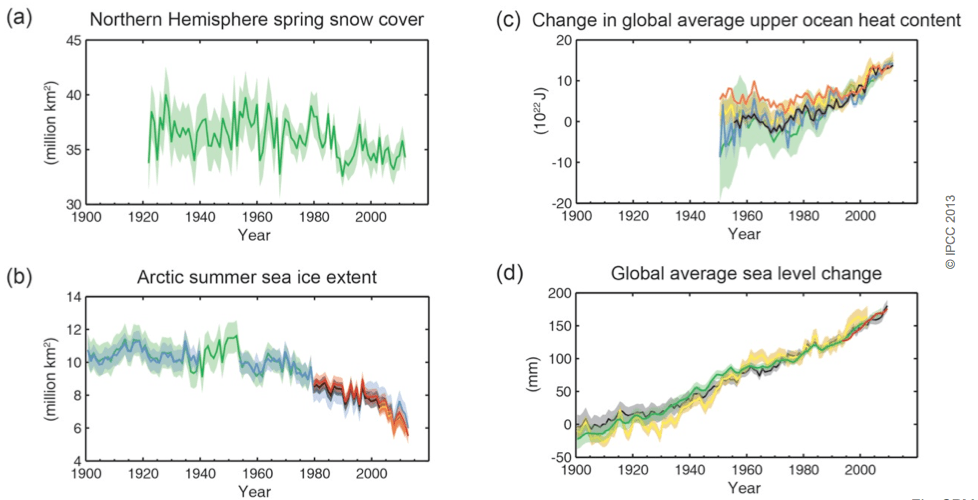A common criticism of science is its quick decision to experiment, without thinking about whether or not it should. While many argue that philosophical implications do not belong within the realm of science, others argue that scientists should absolutely consider the broader implications of their results.
Now, neuro-psychologist Gabriel G. de la Torre from the University of Cádiz is questioning whether or not astronomers, who have previously only looked for signs of extraterrestrial life, should actively send messages from Earth.
The idea that we might not be alone in the universe has been around since at least the fifth century B.C., when the Greek philosopher Democritus posited innumerable worlds, none of which were devoid of life.
With the founding of NASA and other space agencies in the 20th century, human beings began to explore the solar system and actively search for alien life. The most ambitious search began in 1960, when astronomer Frank Drake pointed a radio telescope at two stars similar to our Sun and listened for a signature of intelligence.
Drake’s work inspired the Search for ExtraTerrestrial Intelligence (SETI) project, an initiative that began in the 70s with funding from NASA, but has now evolved toward the collaboration of millions of Internet users for the processing of data from the Arecibo Observatory.
But then there is “Active SETI — also known as METI (Messaging to Extra-Terrestrial Intelligence) — which is the attempt to send messages to potential ETs via radio signals. Some astrophysicists, such as Stephen Hawking, have already warned against the risk this implies for humanity. It would favor the arrival of beings with more advanced technology and unknown intentions.
So “can such a decision be taken on behalf of the whole planet?” asked De la Torre. “What would happen if it was successful and ‘someone’ received our signal? Are we prepared for this type of contact?”
To answer these questions, De la Torre surveyed 116 American, Italian and Spanish university students. The questionnaire assessed their knowledge of astronomy, their religious beliefs, and their beliefs on the likelihood of contact with extraterrestrial intelligent life.
The results indicate that as a species, humanity is still not ready to actively contact a supposed extraterrestrial civilization. The students lacked awareness on many astronomical aspects, despite the enormous progress of science and technology. It also revealed that they lack preparation and would instead rely on political and religious figures.
De la Torre encourages SETI researchers to look for alternative strategies until society can better prepare itself. “This pilot study demonstrates that the knowledge of the general public of a certain education level about the cosmos and our place within it is still poor,” said De la Torre. “Therefore, a cosmic awareness must be further promoted – where our mind is increasingly conscious of the global reality that surrounds us – using the best tool available to us: education.”
The paper has been published in the journal Acta Astronautica.



